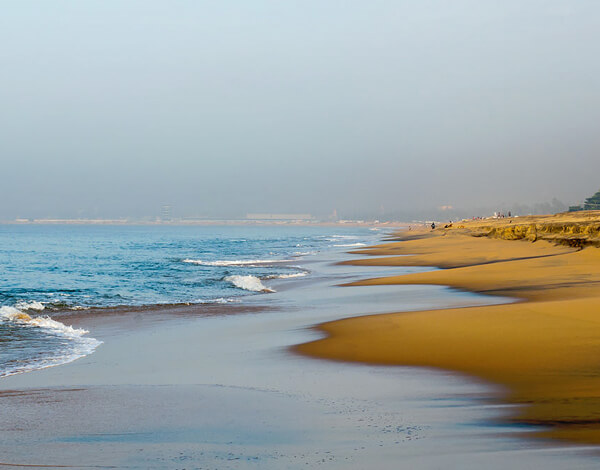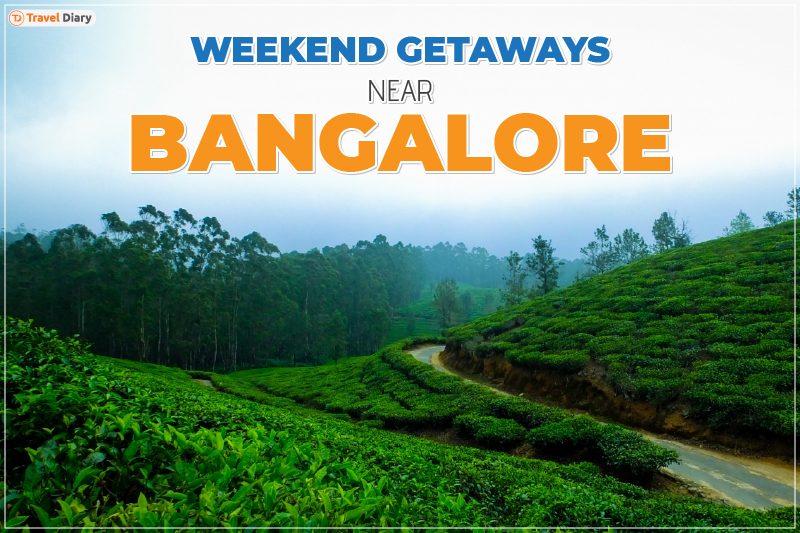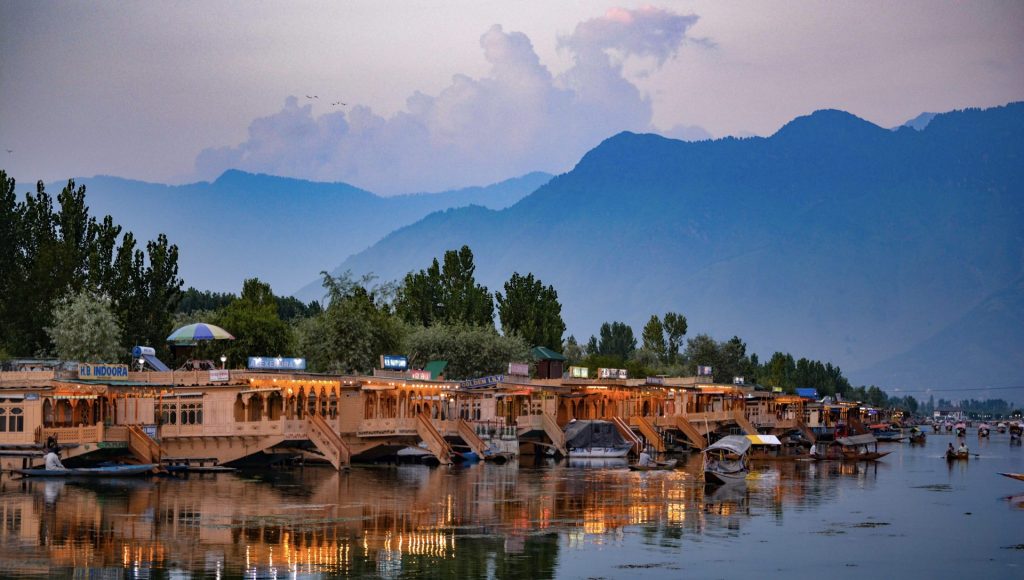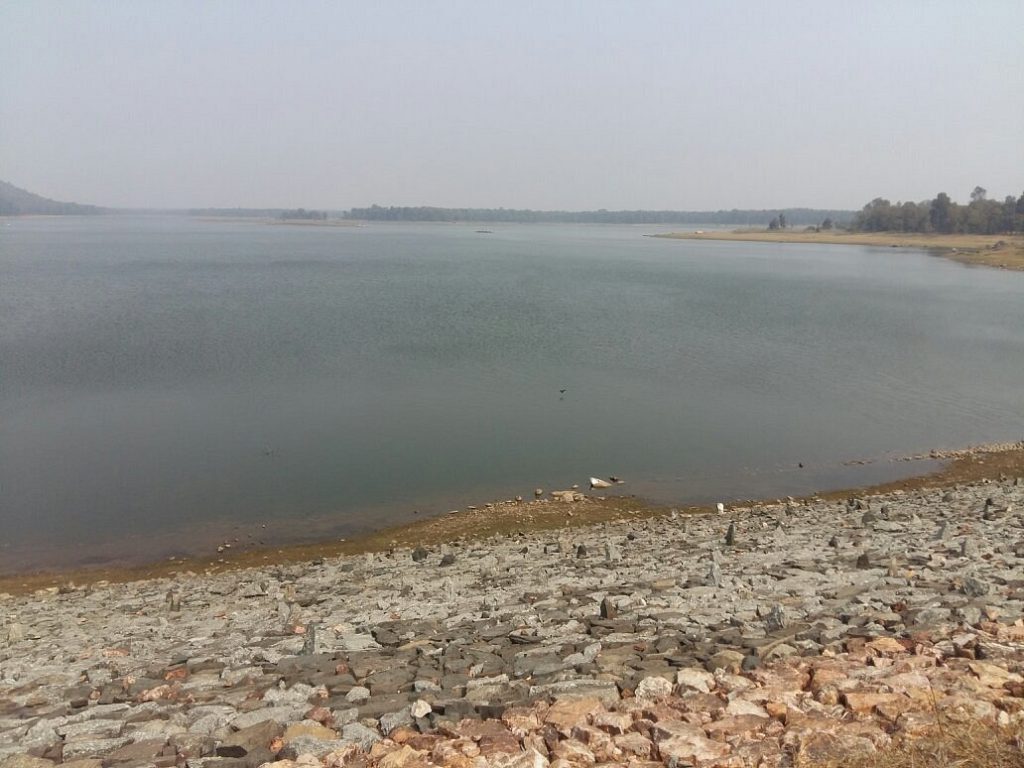Kaziranga is a gem of northeastern India. It’s famous for its wildlife and natural beauty.
Nestled in the heart of Assam, Kaziranga National Park is a treasure trove of biodiversity. Home to the world’s largest population of one-horned rhinoceroses, this park offers a unique glimpse into nature’s wonders. The lush green landscapes, combined with diverse flora and fauna, create an unforgettable experience for visitors.
It’s a haven for wildlife enthusiasts and bird watchers alike. Whether you’re keen on spotting majestic elephants or rare bird species, Kaziranga promises an adventure like no other. Embark on a journey through this enchanting park and witness the marvels of nature up close. Discover why Kaziranga is a must-visit destination for nature lovers.
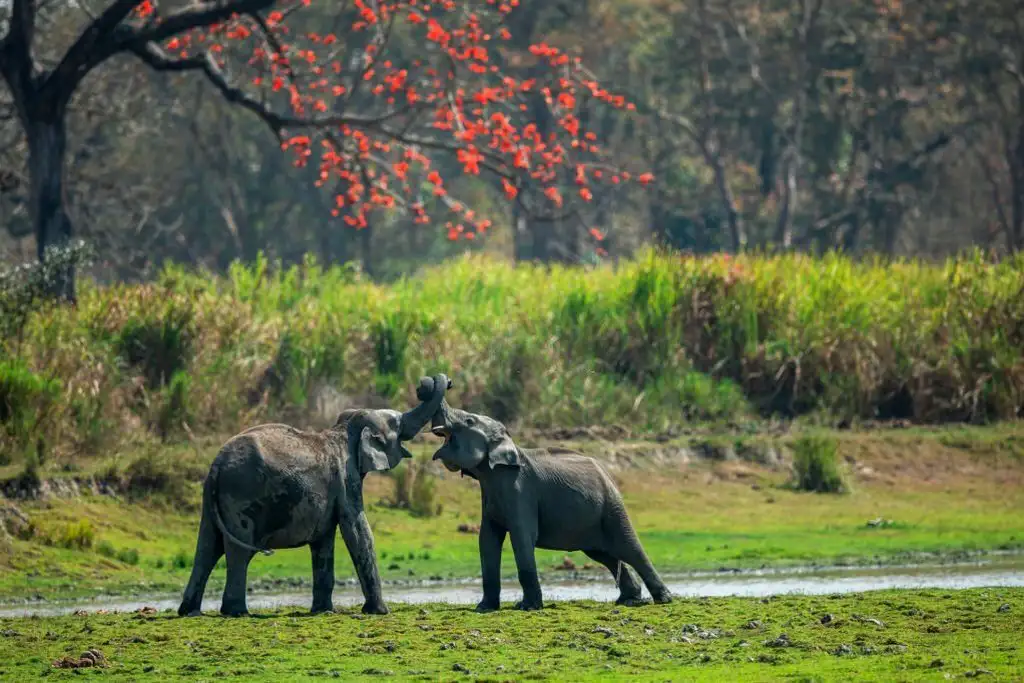
Credit: www.tigersafariindia.com
Introduction To Kaziranga
Kaziranga is a name that echoes through the wild, a haven for nature lovers. This beautiful place in India has drawn admirers from across the globe. Known for its rich biodiversity, it offers a unique glimpse into nature’s wonders.
Location And Significance
Kaziranga lies in the northeastern state of Assam, India. It stretches along the banks of the Brahmaputra River. This park is a UNESCO World Heritage Site. It holds global importance for wildlife conservation.
It is home to the largest population of one-horned rhinoceroses. The park also shelters tigers, elephants, and water buffalo. Bird watchers flock here to see rare and migratory birds. Kaziranga’s landscape includes tall grasslands, marshes, and dense forests. It offers diverse habitats for its inhabitants.
Historical Background
Kaziranga’s history dates back to 1905. Mary Curzon, the wife of the Viceroy of India, visited the area. She saw the rapid decline in the rhino population. Her concern led to the establishment of the park.
In 1974, Kaziranga gained National Park status. Later, in 1985, UNESCO recognized it as a World Heritage Site. Conservation efforts have been ongoing. Authorities have worked hard to protect its unique wildlife. Kaziranga stands as a testament to successful conservation.
Biodiversity At Kaziranga
Kaziranga National Park is a treasure trove of biodiversity. It is located in Assam, India. This UNESCO World Heritage Site stretches over 430 square kilometers. Its rich and diverse ecosystem attracts nature lovers. Let’s explore the incredible biodiversity in Kaziranga.
Flora And Fauna
Kaziranga boasts a wide variety of flora and fauna. The park is home to tall elephant grass, marshland, and dense tropical forests. These varied habitats support an array of wildlife. You can find over 500 species of birds here. The park shelters mammals, reptiles, and amphibians. Each plays a vital role in this thriving ecosystem.
Endangered Species
Kaziranga is a haven for endangered species. The park is famous for its one-horned rhinoceros. Nearly two-thirds of the world’s population lives here. You can also spot the Bengal tiger, Asian elephant, and wild water buffalo. These species fight for survival in the wild. Kaziranga offers them a safe refuge.
Conservation efforts in Kaziranga are vital. They ensure these species continue to thrive. The park’s unique biodiversity makes it a global treasure. Visitors leave with unforgettable memories. They gain a deeper appreciation for nature’s wonders.
The Majestic One-horned Rhinoceros
When you step into Kaziranga National Park, a sense of wonder washes over you. The lush greenery and the call of the wild transport you to a different world. But the true marvel of Kaziranga is the majestic one-horned rhinoceros. With its imposing stature and striking horn, this creature commands respect and admiration. But there’s more to this animal than its looks; its story of survival is nothing short of extraordinary.
Conservation Efforts
Kaziranga is not just a sanctuary for the one-horned rhino; it’s a symbol of successful conservation. Decades ago, the population of these incredible creatures was dwindling. Dedicated efforts by the government and various organizations have turned the tide. Today, Kaziranga boasts the largest population of one-horned rhinos in the world. What makes this even more impressive is the collaborative effort behind it. Local communities, park authorities, and NGOs work hand in hand to protect these animals.
- Anti-poaching measures: The park has intensified patrolling and surveillance. Armed guards, equipped with modern technology, keep a vigilant eye on the grounds.
- Habitat management: Controlled burning of grasslands and creation of artificial water bodies ensure the rhinos have a thriving habitat.
- Community engagement: Local communities are educated and involved in conservation efforts, ensuring a sustainable approach.
Have you ever wondered how these efforts impact you? By visiting Kaziranga, you support these initiatives. Your presence boosts eco-tourism, providing funds for continued conservation.
Viewing Tips
Seeing a one-horned rhino in its natural habitat is a once-in-a-lifetime experience. But, how can you make the most of your visit? Here are some practical tips:
- Opt for early morning or late afternoon safaris: Rhinos are more active during cooler parts of the day, increasing your chances of spotting them.
- Choose experienced guides: A knowledgeable guide can make all the difference. They know the best spots and can provide fascinating insights into the behavior of rhinos.
- Respect the wildlife: Keep a safe distance and avoid loud noises. Remember, you’re in their home.
- Bring the right gear: Binoculars, a good camera, and comfortable clothing can enhance your experience. Don’t forget a hat and sunscreen!
Have you ever thought about how your behavior impacts these majestic creatures? When you follow these tips, you ensure a memorable and respectful encounter with the one-horned rhinoceros.
Visiting Kaziranga and seeing the one-horned rhinoceros is more than just a tourist activity. It’s a lesson in conservation and a chance to witness the success of dedicated efforts. So, when are you planning your trip to Kaziranga?
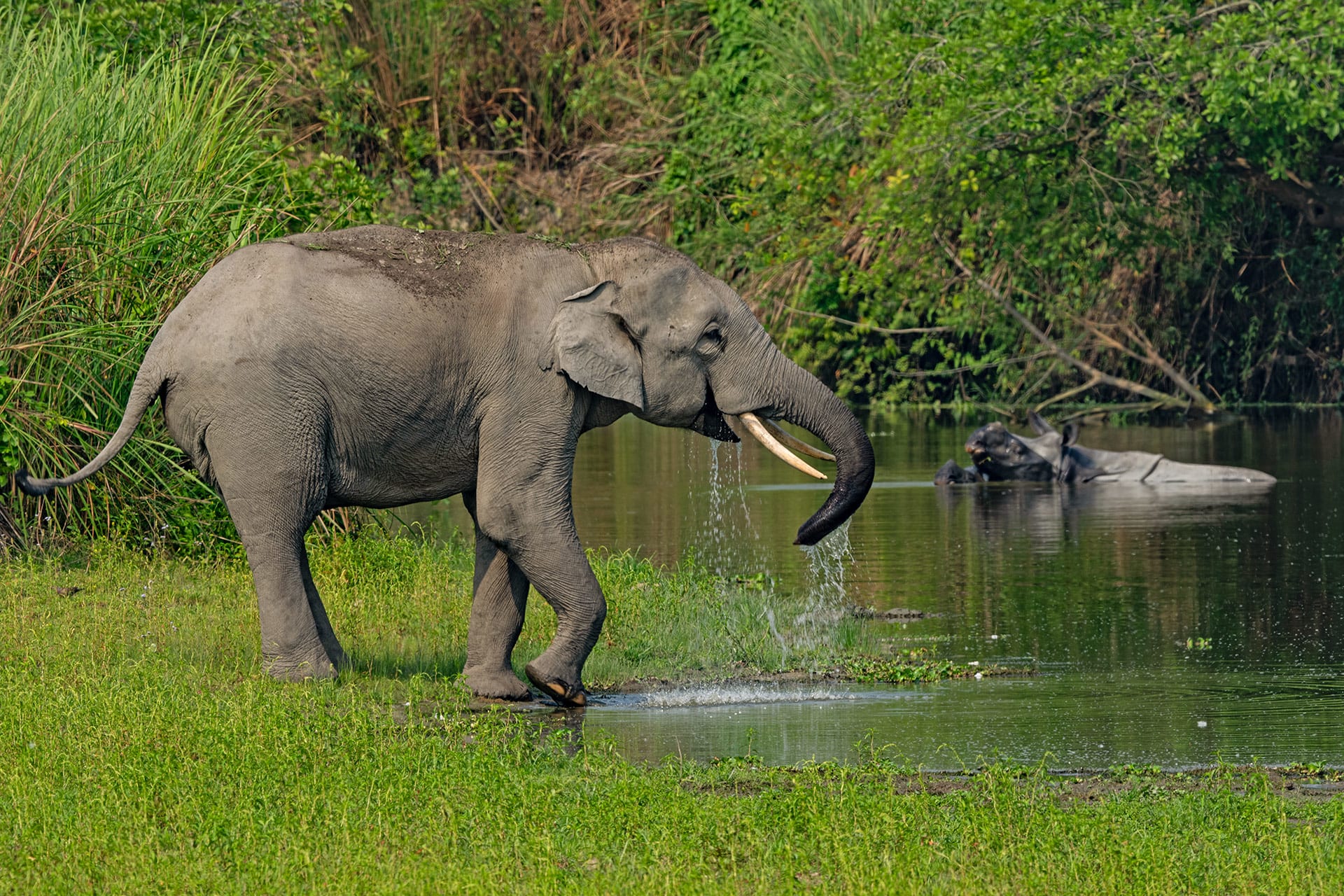
Credit: roundglasssustain.com
Bird Watching Paradise
Kaziranga offers a bird watching paradise with diverse species. Experience the beauty of migratory birds in their natural habitat.
Kaziranga National Park is a bird watcher’s paradise. This UNESCO World Heritage site in Assam is famous for its rich biodiversity. The park’s wetlands, forests, and grasslands create a haven for bird species. Bird enthusiasts from around the world flock here.Rare Bird Species
Kaziranga hosts many rare bird species. The Bengal Florican is one of the park’s highlights. This endangered bird can be spotted in the grasslands. Kaziranga is also home to the Greater Adjutant Stork. This bird is rare and breeds in the park. The park shelters several migratory birds. These include the Black-necked Stork and the Ferruginous Duck.Best Bird Watching Spots
Mihimukh is a top bird watching spot in Kaziranga. It is located near the park entrance. This area offers sightings of various waterfowl. Agoratoli is another excellent spot. This part of the park is less crowded. It provides a serene bird watching experience. The Western Range is also popular among bird watchers. The riverine habitats here attract many bird species.Safari Experiences
Kaziranga offers thrilling safari experiences with its diverse wildlife. Spot majestic rhinos and vibrant bird species in their natural habitat. Enjoy the beauty of vast grasslands and serene water bodies.
Kaziranga National Park, located in Assam, India, offers some of the most thrilling safari experiences in the world. This UNESCO World Heritage Site is home to the largest population of one-horned rhinoceroses. But that’s not all. The park is also teeming with tigers, elephants, wild water buffalo, and a wide array of bird species. If you’re planning a visit, here’s a closer look at the two most popular ways to explore this extraordinary wildlife haven: Jeep Safari and Elephant Safari.Jeep Safari
Embarking on a Jeep Safari in Kaziranga is like stepping into an adventure film. The open-top jeeps give you a 360-degree view of the park’s stunning landscapes, which range from dense forests to wide-open grasslands. – Morning and Afternoon Rides: You can choose between morning and afternoon slots. The early morning ride often offers cooler weather and more active wildlife. I remember spotting a majestic tiger just as the sun began to rise, its golden rays highlighting the animal’s sleek frame. – Multiple Zones: Kaziranga is divided into several zones, each with its own unique features. The central zone is famous for rhino sightings. On the other hand, the western zone is ideal for bird watchers. – Guided Tours: Each jeep comes with a knowledgeable guide who can spot animals you might miss and share fascinating information about the park’s ecosystem. Do you know how far a rhino can charge? Your guide will have answers to such intriguing questions. A Jeep Safari is perfect for those who prefer a bit of speed and the comfort of sitting throughout the tour. However, if you’re looking for a more immersive experience, you might want to consider the next option.Elephant Safari
Imagine towering over the tall elephant grass, feeling the gentle sway of an elephant beneath you. That’s what an Elephant Safari in Kaziranga offers. – Close Encounters: Being on an elephant allows you to get much closer to the wildlife. The animals are less disturbed by the presence of elephants, giving you a chance to observe them in a more relaxed state. Once, we were so close to a herd of rhinos that I could hear them munching on the grass. – Early Morning Rides: These safaris are typically conducted in the early morning hours. It’s a magical time when the mist is still rising, and the park is waking up. The tranquility of the morning makes the experience almost surreal. – Safety and Comfort: Safety is a top priority, and experienced mahouts (elephant trainers) ensure that both you and the elephant are comfortable throughout the journey. – Unique Perspective: The elevated vantage point allows you to see over the tall grasses, offering a different perspective compared to a Jeep Safari. The slower pace also lets you soak in the details of the park’s flora and fauna. Each safari experience in Kaziranga offers its own unique advantages, and choosing between a Jeep Safari and an Elephant Safari depends on what you’re looking to get out of your visit. Would you prefer the speed and comfort of a jeep, or the up-close and personal experience of riding an elephant? Whichever you choose, Kaziranga promises an unforgettable adventure. So, pack your bags, charge your camera, and get ready for a safari experience of a lifetime.Adventure Activities
Kaziranga offers thrilling adventure activities like jeep safaris and elephant rides. Explore the diverse wildlife and stunning landscapes of this UNESCO World Heritage site.
Kaziranga, a UNESCO World Heritage site, is a paradise for adventure lovers. Nestled in Assam, it offers thrilling activities in the lap of nature. Imagine the rush of adrenaline as you explore its wild beauty.Boat Rides
Boat rides in Kaziranga are a unique experience. Glide on the serene waters of the Brahmaputra River. Spotting wildlife from a boat is an unforgettable adventure. Keep an eye out for river dolphins and various bird species. The tranquil environment amplifies the thrill. It’s a perfect mix of peace and excitement.Trekking Trails
Trekking trails in Kaziranga offer a different kind of thrill. Walk through lush greenery and observe nature up close. Each trail reveals a new aspect of the park’s rich biodiversity. Guided treks ensure safety and enhance the experience. Listen to the sounds of the forest and feel truly alive. The trails are suitable for both beginners and seasoned trekkers.Best Time To Visit
Kaziranga National Park, a UNESCO World Heritage site in Assam, India, is famous for its one-horned rhinoceroses. This wildlife sanctuary offers diverse flora and fauna. Understanding the best time to visit can enhance your experience. Let’s explore the seasonal highlights and climate considerations.
Seasonal Highlights
Each season offers unique experiences at Kaziranga. From November to April, the park is open to visitors. This period marks the dry season. Wildlife sightings are frequent. Animals gather around water sources, making them easier to spot.
March and April witness a burst of colors. Flowers bloom, adding beauty to the park. The weather remains pleasant. Birdwatchers can spot migratory birds during these months.
Climate Considerations
Climate plays a crucial role in planning your visit. The monsoon season, from June to September, brings heavy rainfall. The park remains closed during this period. Flooding is common, affecting accessibility.
Winters, from November to February, are the best. The temperature ranges between 5°C to 25°C. The cool weather is perfect for safaris. Summers, from March to May, can get hot. Daytime temperatures can reach up to 37°C. Carry water and light clothing to stay comfortable.
Choose the best time based on your interests. Each season has its charm. Enjoy the wonders of Kaziranga!
Accommodation Options
When planning your trip to Kaziranga National Park, choosing the right accommodation is essential for an unforgettable experience. Whether you’re seeking a luxurious escape or a cozy budget stay, Kaziranga offers a variety of options to suit every traveler’s needs. In this section, we’ll explore the different types of accommodation available, so you can find the perfect place to rest after a thrilling day of wildlife adventures.
Luxury Resorts
If you’re looking to indulge in comfort and elegance, Kaziranga’s luxury resorts have you covered. These resorts offer top-notch amenities, breathtaking views, and an immersive experience in nature.
- Wild Grass Lodge: Nestled amidst lush greenery, Wild Grass Lodge offers a blend of modern luxury and rustic charm. The spacious rooms, delectable dining options, and guided jungle safaris make it a favorite among travelers.
- IORA – The Retreat: This upscale resort features well-appointed rooms, a spa, and an outdoor pool. It’s perfect for relaxing after a day of exploring the park. The resort also arranges cultural programs and nature walks.
- Diphlu River Lodge: Located on the banks of the Diphlu River, this lodge offers a serene environment with luxury cottages. The personalized service and attention to detail provide a unique and memorable stay.
Staying at a luxury resort allows you to unwind in style while being close to the natural wonders of Kaziranga.
Budget Stays
Traveling on a budget? No worries! Kaziranga has plenty of affordable accommodation options that don’t compromise on comfort or convenience.
- Bonhabi Resort: This budget-friendly resort offers clean and comfortable rooms with basic amenities. The friendly staff and homely atmosphere make it an excellent choice for budget travelers.
- Aranya Lodge: Managed by the Assam Tourism Department, Aranya Lodge provides affordable and well-maintained rooms. Its proximity to the park entrance is a significant advantage for early morning safaris.
- Nature Hunt Eco Camp: If you’re an eco-conscious traveler, this camp offers a unique stay in bamboo cottages and tents. The camp promotes sustainable tourism and provides an authentic experience.
Choosing a budget stay can help you save money for other adventures without sacrificing the essential comforts.
Whether you opt for a luxury resort or a budget stay, the key is to find an accommodation that enhances your Kaziranga experience. Where will you choose to rest your head after a day of exploring the wild? Share your thoughts and experiences in the comments below!
Local Culture And Traditions
Kaziranga, a UNESCO World Heritage Site, is not only famous for its wildlife sanctuary. The local culture and traditions of the region are equally captivating. The vibrant way of life of the people here is deeply rooted in their ancient customs and rituals. Visitors to Kaziranga can immerse themselves in the rich cultural tapestry that defines the area.
Tribal Communities
Several tribal communities call Kaziranga their home. The Mishing, Karbi, and Bodo tribes are some of the prominent ones. Each tribe has its own distinct culture and traditions. Their unique way of life is reflected in their languages, clothing, and food habits.
The Mishing tribe is known for their weaving skills. They create intricate patterns on their handloom products. The Karbi tribe is famous for their traditional dances. These dances are performed during various ceremonies and festivals. The Bodo tribe has a rich tradition of music and dance. They use traditional instruments to create melodious tunes.
Festivals And Celebrations
Festivals in Kaziranga are a vibrant affair. The Bihu festival is one of the most significant celebrations. It marks the Assamese New Year and is celebrated with much fervor. People wear traditional attire and perform the Bihu dance. The festival also features a variety of traditional foods.
The Ali Aye Ligang is another important festival. Celebrated by the Mishing tribe, it marks the beginning of the sowing season. The festival includes traditional dances, music, and feasts. The Rongker and Bushu Dima are festivals celebrated by the Karbi and Bodo tribes. These festivals involve community prayers and rituals to seek blessings for a good harvest.
Visitors can experience these festivals to get a glimpse of the rich cultural heritage of Kaziranga. Each festival provides a unique insight into the local traditions and way of life.

Credit: en.wikipedia.org
Travel Tips
Planning a trip to Kaziranga? Knowing some travel tips can make your journey smoother. From reaching the park to ensuring your safety, preparation is key. Let’s dive into some essential tips.
How To Reach
Kaziranga National Park is well-connected by road, rail, and air. The nearest airport is Jorhat, around 97 km away. Guwahati airport, 217 km away, is another option. From the airport, you can hire a cab to the park. For train travelers, Furkating is the nearest railway station, 75 km away. Regular trains from major cities stop here. Buses and taxis are available from the station to Kaziranga. Many prefer to drive, enjoying the scenic beauty along the way. National Highway 37 passes through the park, making it accessible by road.
Safety Precautions
Your safety is important while exploring Kaziranga. Always follow the park rules and guidelines. Stay inside your vehicle during safaris. Wild animals can be unpredictable. Wear comfortable, light-colored clothing. Avoid strong perfumes; they can attract insects. Carry a first-aid kit for emergencies. Keep hydrated but avoid littering. Dispose of waste responsibly. Respect the wildlife and maintain a safe distance. Do not feed or disturb the animals. Always stay with your group and listen to your guide. These precautions ensure a safe and enjoyable visit.
Frequently Asked Questions
What Is Kaziranga Famous For?
Kaziranga is famous for its one-horned rhinoceroses. It’s a UNESCO World Heritage site and home to diverse wildlife. Visitors also enjoy its lush landscapes and rich biodiversity.
How Big Are The Tigers In Kaziranga?
Tigers in Kaziranga can weigh between 220 to 660 pounds. They typically measure around 8 to 10 feet in length.
Is Kaziranga Worth Visiting?
Yes, Kaziranga is worth visiting. It offers rich biodiversity, including the famous one-horned rhinoceros. Enjoy wildlife safaris, bird watching, and stunning landscapes. Perfect for nature enthusiasts and adventure seekers.
Which Animal Is Not Found In Kaziranga?
The African elephant is not found in Kaziranga. Kaziranga National Park is home to Indian elephants and other wildlife.
Conclusion
Kaziranga offers an unforgettable experience for nature lovers. Its rich wildlife and scenic beauty leave visitors in awe. Exploring its lush landscapes and spotting rare animals is thrilling. The park’s conservation efforts protect endangered species. Visiting Kaziranga supports local communities and wildlife preservation.
Plan a trip to Kaziranga and immerse yourself in nature’s wonders. This unique destination promises memories that will last a lifetime. Kaziranga is more than just a park; it’s a sanctuary of life. Discover Kaziranga and witness the magic of nature up close.
{ “@context”: “https://schema.org”, “@type”: “FAQPage”, “mainEntity”: [ { “@type”: “Question”, “name”: “What is Kaziranga famous for?”, “acceptedAnswer”: { “@type”: “Answer”, “text”: “Kaziranga is famous for its one-horned rhinoceroses. It’s a UNESCO World Heritage site and home to diverse wildlife. Visitors also enjoy its lush landscapes and rich biodiversity.” } } , { “@type”: “Question”, “name”: “How big are the tigers in Kaziranga?”, “acceptedAnswer”: { “@type”: “Answer”, “text”: “Tigers in Kaziranga can weigh between 220 to 660 pounds. They typically measure around 8 to 10 feet in length.” } } , { “@type”: “Question”, “name”: “Is Kaziranga worth visiting?”, “acceptedAnswer”: { “@type”: “Answer”, “text”: “Yes, Kaziranga is worth visiting. It offers rich biodiversity, including the famous one-horned rhinoceros. Enjoy wildlife safaris, bird watching, and stunning landscapes. Perfect for nature enthusiasts and adventure seekers.” } } , { “@type”: “Question”, “name”: “Which animal is not found in Kaziranga?”, “acceptedAnswer”: { “@type”: “Answer”, “text”: “The African elephant is not found in Kaziranga. Kaziranga National Park is home to Indian elephants and other wildlife.” } } ] }
